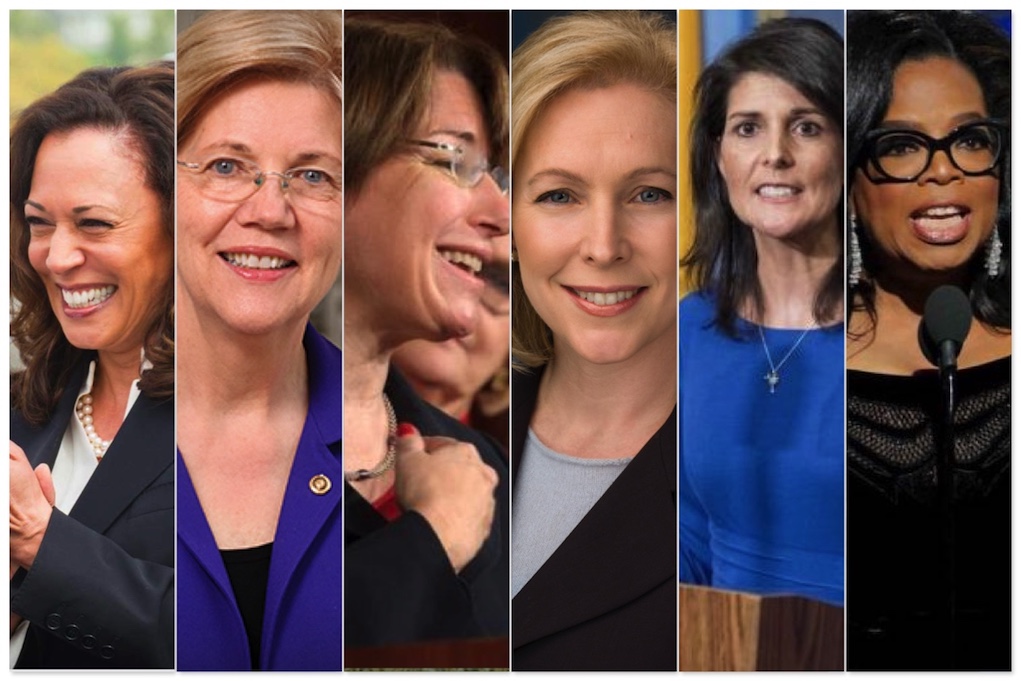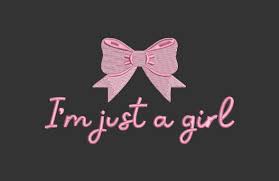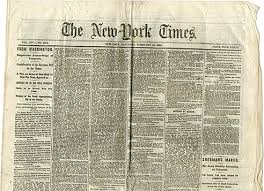Forty-six to zero. Evidently, that is the ratio of men to women who have led America. Although twenty-four women have ran for Presidency from 1872 to the present day, only one has ever made it far, and yet another is on the rise.
Nikki Haley worked as a United States Ambassador to the United Nations and was appointed UN Ambassador by Donald Trump before serving as the first woman governor of South Carolina from 2011 to 2017. She is the first Indian-American and, in fact, the only Asian-American to serve as a governor in the US. Now, she is Donald Trump’s last remaining Republican rival, becoming a major party nominee, a step that only one woman before her could take.
Hillary Clinton was nominated by the Democratic Party in 2016, losing the Electoral College vote yet winning the popular vote by millions. No other female candidate had ever received as comprehensive support as Hillary Clinton had, although there were several other female presidential candidates before her.
The first ever woman to run for President in 1872 was Victoria Claflin Woodhull; she was a women’s rights and suffrage advocate and established her own newspaper, “Victoria’s campaign platforms included universal gender and racial equality under the law, civil service and taxation reform, and opposition to land grants given to railroads and other corporations.” Yet, her campaign was not taken seriously by conventional groups and received no electoral votes. Still, her candidacy paved the way for women in politics, as each woman after her was able to take a step further.
Following her was Belva Ann Bennett Lockwood (1884 and 1888), Shirley Anita Chisholm (1972), Patsy Takemoto Mink (1972), Ellen McCormack (1976 and 1980), Sonia Johnson (1984), Patricia S. Shroeder (1988), Lenora Fulani (1988 and 1992), Elizabeth Hanford Dole (2000), Carol Moseley Braun (2004), Cynthia McKinney (2008), Michelle Bachman (2012), Jill Stein (2008 and 2016), Hillary Rodham Clinton (2008 and 2016), Carly Fiorina (2016), Tulsi Gabbard (2020), Kristen Gillibrand (2020), Kamala Harris (2020), Elizabeth Warren (2020), Marianne Williamson (2020 and 2024), Amy Klobuchar (2020), Jo Jorgenson (2020), and Nikki Haley (2024). Evidently, over time, women running for the presidency in the US became less fragmented and more consistent, but we’ve yet to see one actually lead our country. Presently, faith in Nikki Haley winning the election, or even beating Donald Trump, is negligible– so when will it be a woman’s turn to lead the US, and what has been stopping us from seeing this?

Men are assumed to be strong, whereas women must prove to be strong. An in-depth study published in the Proceedings of the National Academy of Sciences addresses that women’s primary issue in the ambition of being elected for President is “pragmatic bias,” resulting in the lack of support for candidates whose success seems impossible or difficult. The researchers also found that “…people who believed a woman was less electable had less intention to vote for a woman in the primary, too—even if a woman was their preferred candidate”, emphasizing that people do not support women candidates because they believe others will not support them. This study stresses the obstacles that women face when running for the highest office, aside from the common preconceived biases surrounding women and leadership, who are often assumed to be too emotional and indecisive. According to a recent study by Jennifer Lawless and Richard Fox, men are two-thirds more likely than women to have been motivated by an elected official, party leader, or political advocate to run for office. Another impediment to women running for the presidency in the US is attributed to gendered media coverage. Often, journalists and reporters have focused purely on a woman candidate’s appearance and gender instead of their campaign and are frequently portrayed in a negative light. For example, Vice President Kamala Harris received 61% of media coverage on her gender or race, whereas only 5% of reports mentioned these qualities in any male candidate. An example of this bias is demonstrated through Republican Lauren Boebert’s belief that “..women are the lesser vessel, and we need masculinity in our lives to balance that.” Biases against women leaders in the US have yet to be enlightened of the many countries who have beaten America to having a woman president.
Argentina has had two women leading their country, Isabel Martinez de Peron (1974 to 1976) and Cristina Fernandez de Kirchner (2007). Some other countries that women have already led are Chile with Michelle Bachelet (2006-2010, 2014-2018), Tarja Halonen with Finland (2000), Pratibha Patil with India (2007 to 2012), and several others. Women presently serving as presidents of their countries are Zuzana Čaputová of Slovakia, Katerina Sakellaropoulou of Greece, Sahle-Work Zewde of Ethiopia, Maia Sandu of Moldova, and more.
Even seen through the reign of women in the United Kingdom– Queen Elizabeth I, who contributed to leading England to become a world power (1558-1603); Queen Victoria (1837-1901), who “left the monarchy considerably stronger than how she found it”; and Elizabeth II; whom we all know as the longest-serving monarch of the United Kingdom and one of the most influential women in history. There is a reason each of these women’s names are so eminent throughout the world today– because they led a mighty nation and did it well.
So when will Americans realize that women are just as capable as men to lead the United States?
I think it is about time.








